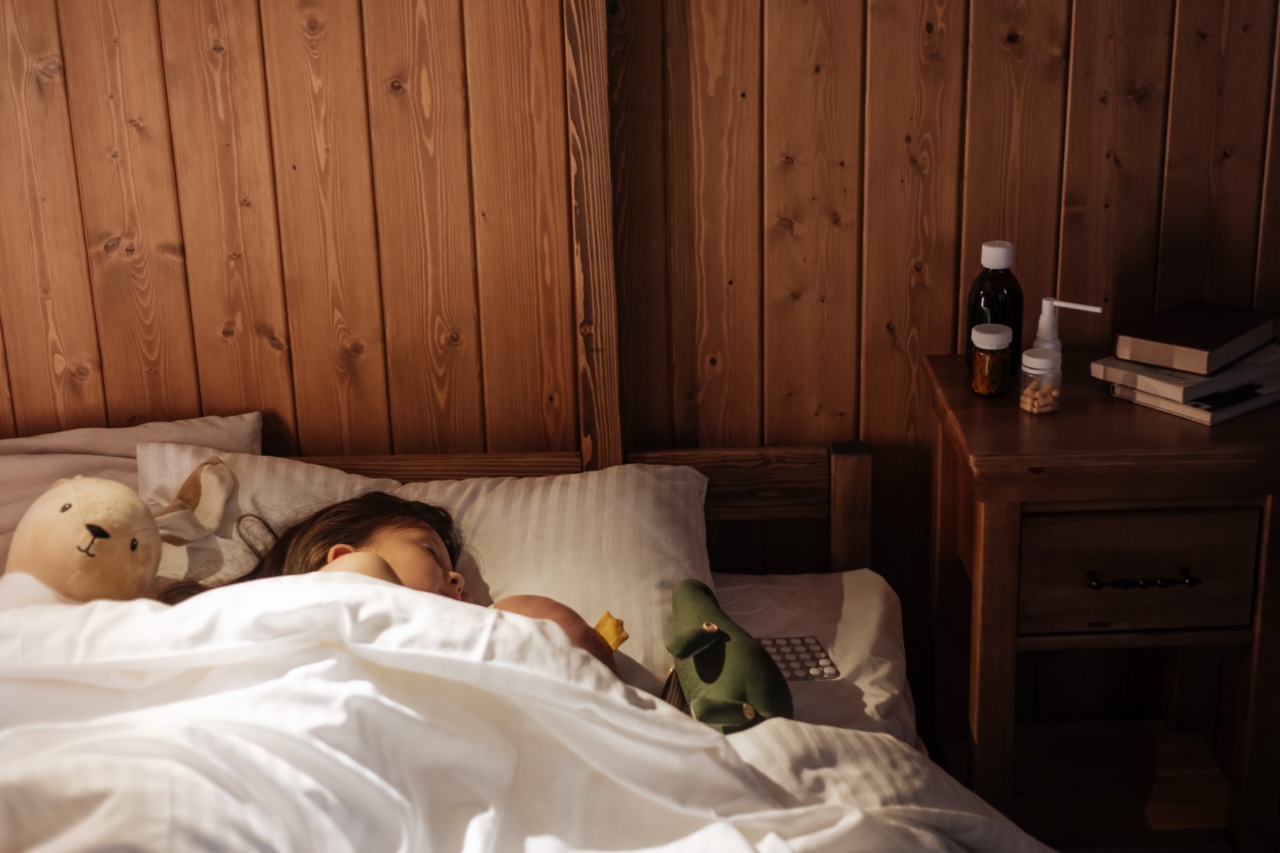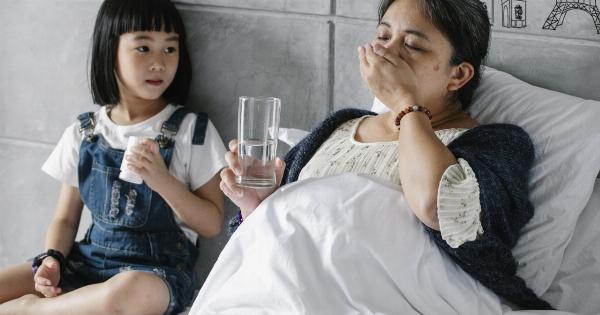Febrile convulsions, also known as fever seizures, are a common occurrence in childhood. They are characterized by sudden, uncontrolled movements or spasms that are brought on by a high fever.
Although febrile convulsions can be alarming, they are generally harmless and do not pose any long-term health risks. However, it is important for parents and caregivers to understand the causes, symptoms, and treatment options for childhood febrile convulsions.
Causes of Childhood Febrile Convulsions
The exact cause of febrile convulsions is not fully understood, but they are believed to be triggered by a rapid rise in body temperature. Some common causes and risk factors include:.
- Viral or bacterial infections
- Reacting to certain vaccines
- A family history of febrile convulsions
- Young age (between 6 months and 5 years)
It’s important to note that febrile convulsions are not caused by the fever itself, but rather by the underlying condition that is causing the fever.
Symptoms of Childhood Febrile Convulsions
The main symptom of childhood febrile convulsions is the sudden onset of seizures or convulsive movements. These seizures can manifest in various ways, including:.
- Loss of consciousness
- Stiffening or jerking of muscles
- Rolling back of the eyes
- Unresponsiveness
- Involuntary urination or bowel movements
Febrile convulsions typically last for only a few minutes, but they can be frightening to witness. It’s important to stay calm and ensure the safety of the child during the seizure.
Seeking Medical Attention for Childhood Febrile Convulsions
Although febrile convulsions are usually harmless, it is crucial to seek medical attention after a child experiences a seizure.
This is to rule out any serious underlying causes of the fever and to receive proper guidance on managing the child’s condition.
During the medical evaluation, a healthcare professional will assess the child’s overall health, review their medical history, and perform necessary diagnostic tests.
These tests may include blood tests, urine tests, and possibly imaging studies such as an electroencephalogram (EEG) to record brain activity.
Treatment Options for Childhood Febrile Convulsions
Most children who experience febrile convulsions do not require specific treatment. The primary focus is on managing the underlying fever and preventing future seizures. Some general treatment measures include:.
- Administering anti-fever medications, such as acetaminophen or ibuprofen, as directed by a healthcare professional
- Maintaining a comfortable temperature in the child’s environment
- Dressing the child in lightweight clothing
- Encouraging plenty of fluids to prevent dehydration
In some cases, if a child’s febrile convulsions are frequent or prolonged, a healthcare professional may recommend other medications, such as diazepam, to help prevent or stop seizures.
Managing Fever in Children
Preventing and managing fever in children is an essential part of reducing the risk of febrile convulsions. Parents and caregivers can follow these guidelines when dealing with fever:.
- Monitor the child’s temperature regularly
- Ensure proper hydration by offering drinks frequently
- Dress the child in light clothing and avoid overdressing
- Maintain a comfortable room temperature
- Use cool compresses or baths to help lower the temperature
It is important to note that excessive fever reduction measures, such as cold baths or using alcohol rubs, should be avoided as they can lead to shivering and potentially worsen the situation.
Potential Complications and Prevention
In most cases, childhood febrile convulsions are harmless and do not cause any long-term complications. However, there is a small risk of injury during the seizure, such as falling or bumping into objects.
It is essential to keep the child in a safe environment during the convulsion.
Preventing febrile convulsions is not always possible, but some measures may help reduce the likelihood of recurrence:.
- Managing and treating fevers promptly
- Ensuring the child receives recommended vaccinations
- Regularly visiting the pediatrician for routine check-ups
- Addressing underlying infections promptly
It is crucial for parents and caregivers to remember that febrile convulsions are not a reflection of their parenting abilities or their child’s overall health. These episodes can happen to any child and are typically outgrown by the age of 5.
Conclusion
Childhood febrile convulsions can be a distressing experience for parents and caregivers, but it is important to remain calm and seek medical attention.
Understanding the causes, recognizing the symptoms, and knowing how to manage fever in children can help alleviate concerns and ensure the well-being of the child. Remember, most febrile convulsions are harmless and do not result in long-term complications. With proper care and support, children can overcome this condition and continue to grow healthy and happy.




























